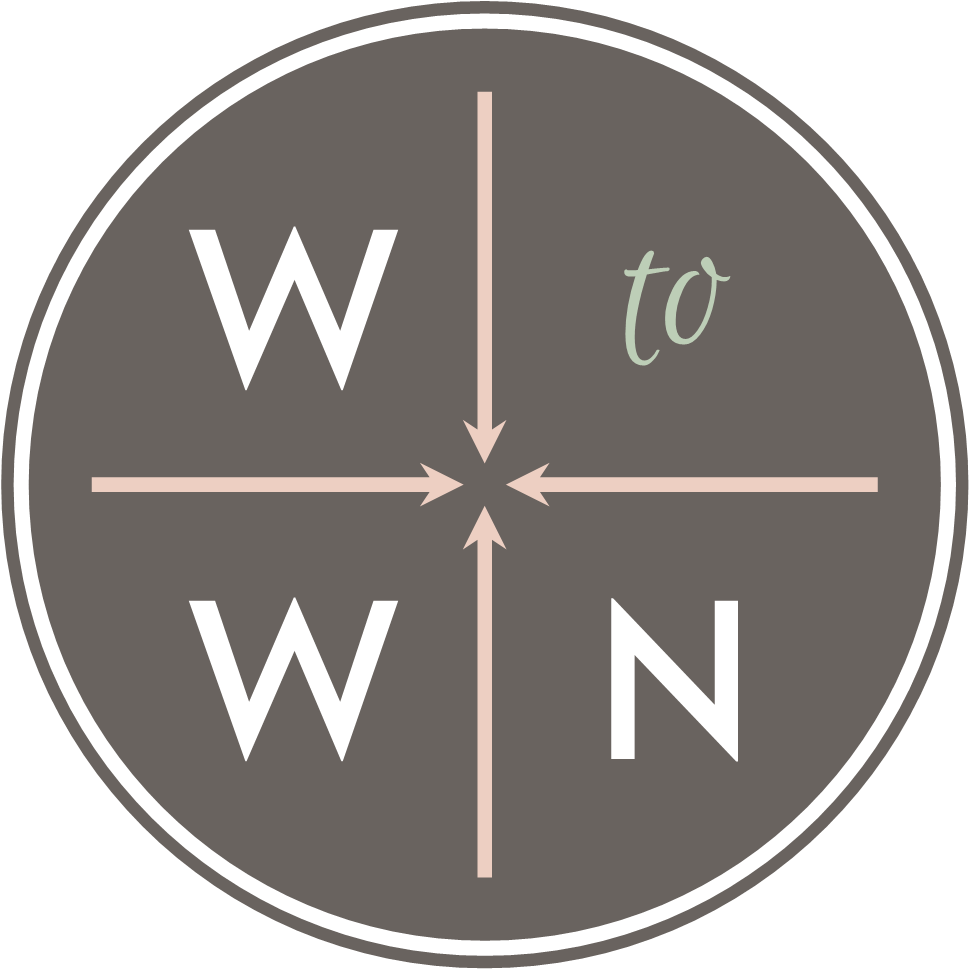Neurodivergent in a Neurotypical World
Guest Blog by Erin Hudson, Mollerup Creative Strategies
If you scroll TikTok or Instagram for over 30 minutes, a video may come across your feed with someone rattling off “Signs You May Actually Have ADHD.” I frequently listen to these videos relating to nearly every word, and I wonder how different my life would have been if I had access to this information in my younger years.
We humans generally have an inherent need or desire to belong - to have an identity that grounds you to a rationale of what makes you who you are and a group who can relate to certain aspects of that identity. If you’re an elder millennial like me, we did not have access to endless streams of information (factual or otherwise) and content as a child or adolescent. Information and content developed or curated by peers, reaching out digitally saying, “I’m just like you,” and creating a massive community of people who understand your experience; instead, I navigated my youth feeling confused, misunderstood, uncertain, anxious, and frustrated dealing with symptoms that I now understand to be associated with ADHD.
In 2021, after falling into a late night of doom-scrolling ADHD videos on TikTok and reading research articles reviewing the signs of ADHD in women, I visited my doctor and was officially diagnosed. With that diagnosis, I finally had access to medications and therapies that opened up a whole new realm of potential within myself; it forced me to reflect on my life and gain a deeper understanding of myself and why I struggled for so long. I replayed moments from my life and throughout my career and wondered if I would have been able to handle certain things better, be more thoughtful, or navigate conflict differently had I known what I know now.
If you ask [most] adults diagnosed late in life with ADHD, they will tell you about this process and how it’s almost a mourning period they experienced, mourning all of the missed opportunities, unmet potential, or lost relationships because their brains processed the world around them differently. This process for me was truly a period of growth - I finally understood processes that worked for me to be successful and gained a level of confidence that always felt unattainable before. It helped me know my limits, understand which external influences I would usually find challenging, and finally, see who I wanted to be and what I wanted to do with my life.
It might feel out of place or slightly off-putting for me to share these details about myself on our blog, to lay bare information about myself that can be my greatest strength and weakness. I intend to share this to help those who work or partner with me to understand me and my process better and to remove the stigma surrounding conversations about what challenges us and what makes us different. I cannot change my diagnosis or how my brain is wired. What I can do is learn from it and lean into the aspects of it that I can leverage to create lasting and impactful work for others.
Erin Hudson
erin@mollerupcreativestrategies.com
www.mollerupcreativestrategies.com
Boise, Idaho



